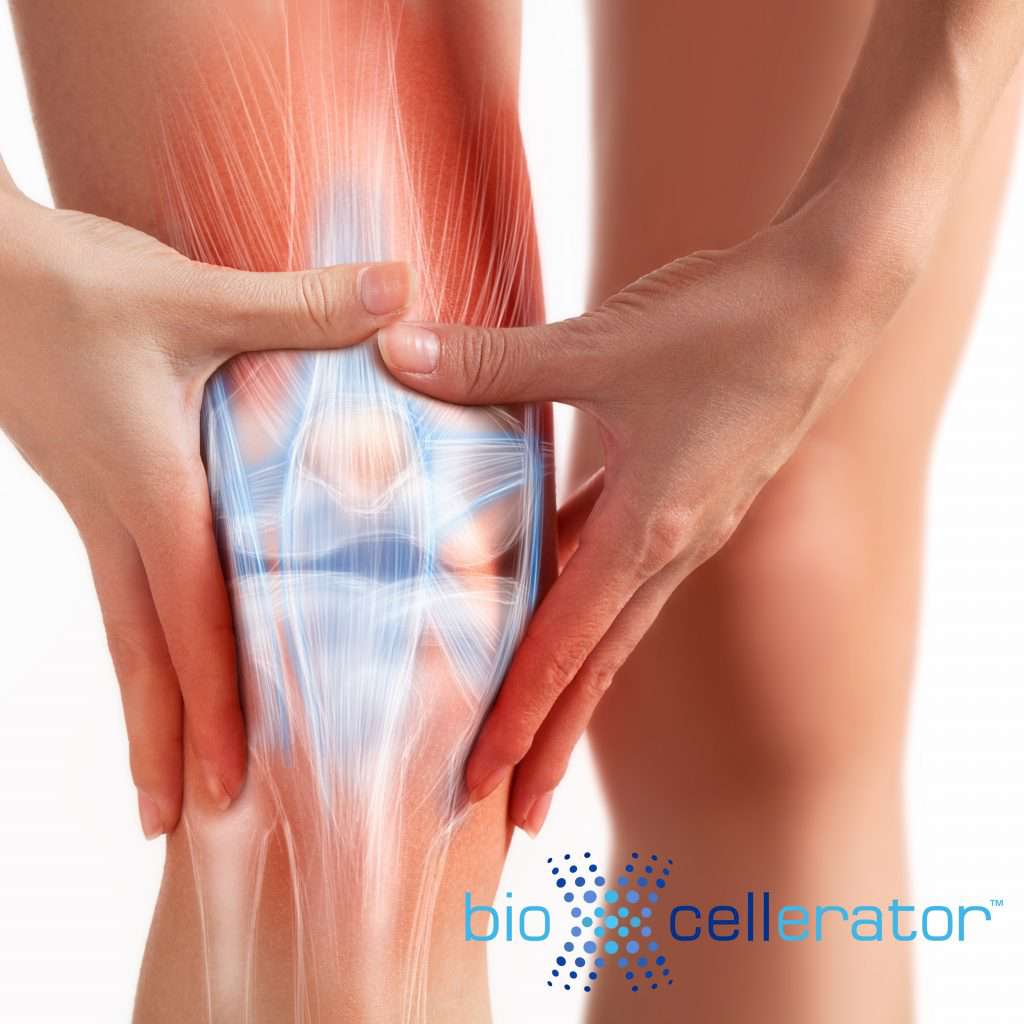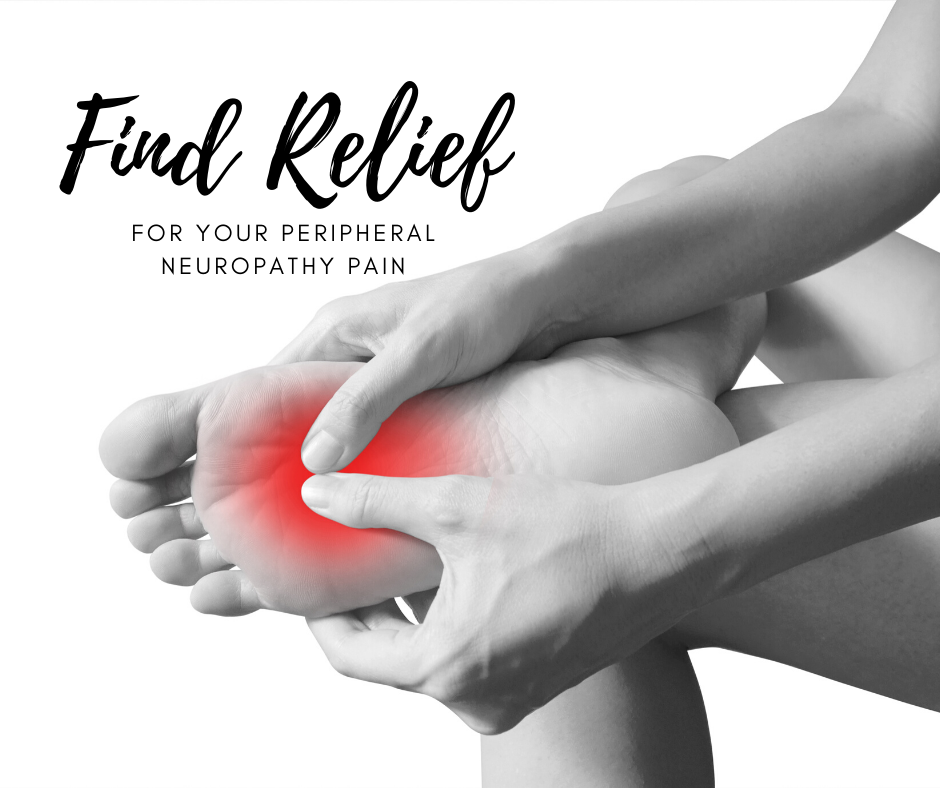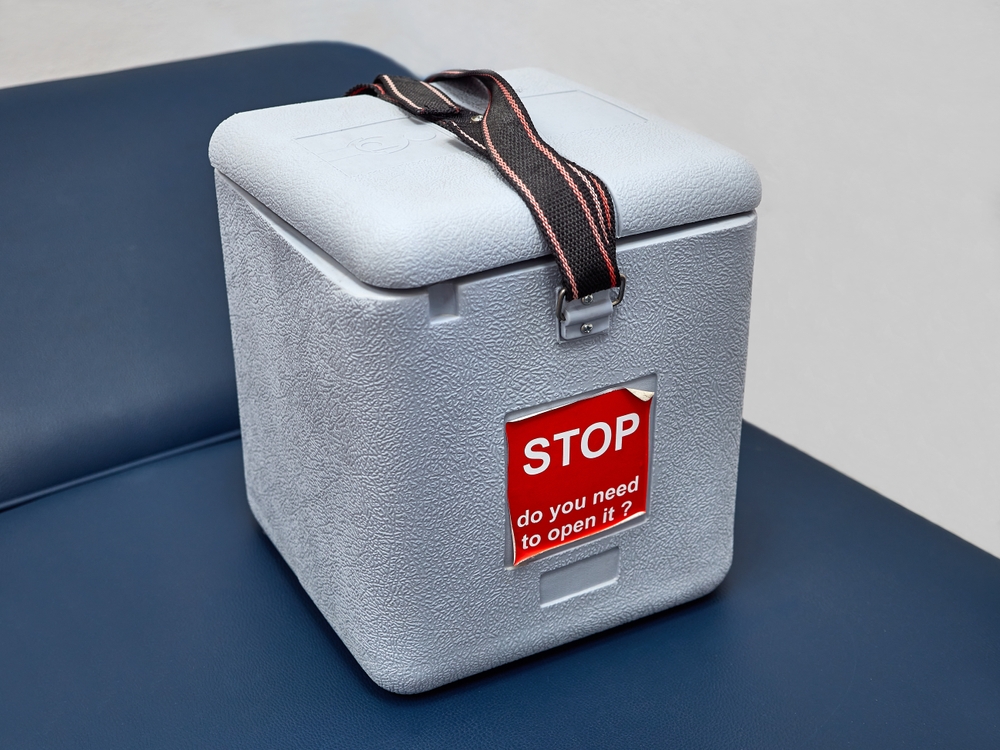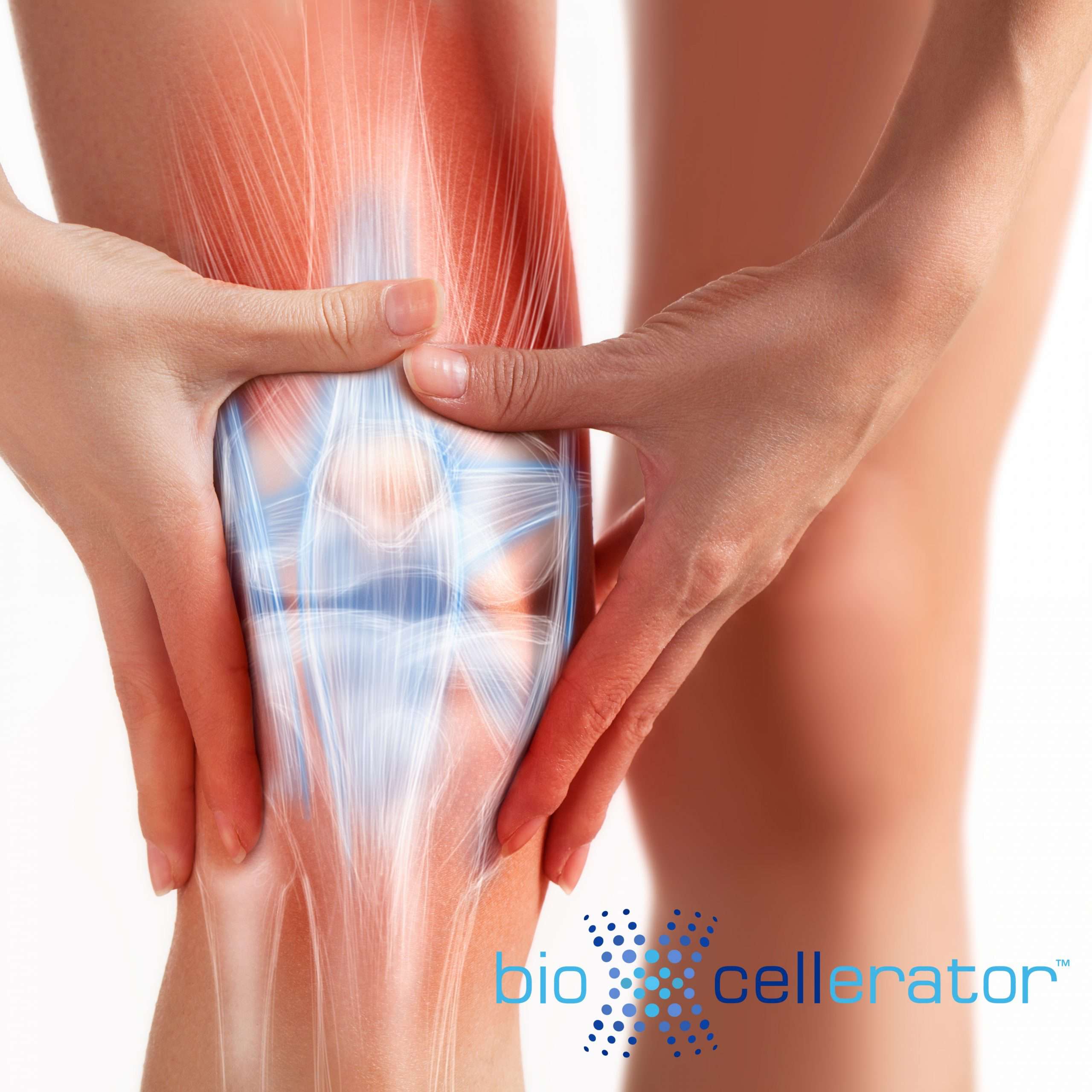
Your meniscus is a C-shaped piece of tough, rubbery cartilage that acts as the shock absorber for your knees and joints. A tear in your meniscus is an incredibly common injury that becomes more common as we age. Our cartilage wears down from years of wear and tear.
Another common population that suffers from meniscus tears are athletes. I am sure one of your favorite athletes has missed a few games –– or even a whole season –– from a meniscus tear. Just like a shock absorber in a car, maintenance and repair is part of the life cycle. Approximately one million patients undergo surgery each year in the United States alone to repair their meniscus.
Are these patients receiving the best advice when it comes to their medical care?
Surgery should always be the last resort when treating a torn meniscus. A recent study was performed on patients where one group was given the meniscus surgery and the other group was given just two small incisions on their knee. There was no discernable difference between the two groups. In other words, the group who did not have the surgery had the same chance of feeling healed as the group who did receive the surgery.
Sadly, many patients are pressured into surgery when alternative treatment options exist. These options may prove to be a better choice for you and your situation. Your success rate and recovery time could vary greatly depending on which treatment method you and your physician decide on.
You can also read: 5 famous athletes who have used treatment with stem cells
There are a few different factors that should be taken into account when choosing a treatment option for your torn or damaged meniscus. Let’s go over the key attributes you should look for when discussing your meniscus tear with a healthcare professional.
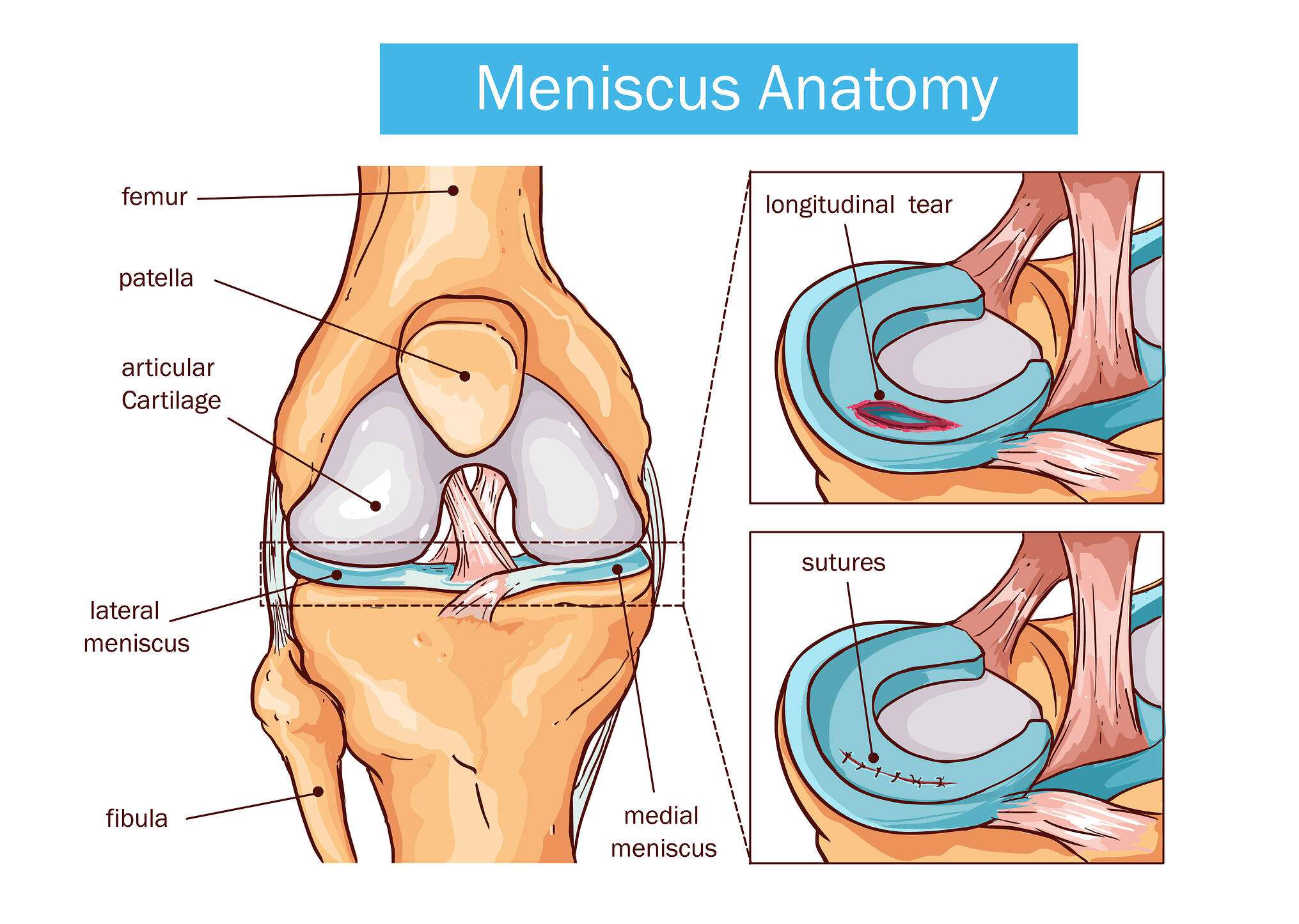
Degenerative Meniscus Tears vs. Normal Meniscus Tears
There are a few differences to discern in meniscus tears. At the top level there are two distinct meniscus tears, degenerative and normal.
A degenerative meniscus tear will show a lot of fraying in the MRI. It will not be a clean cut. The tear generally occurs in multiple directions. Performing surgery on a degenerative meniscus tear will simply not cut it –– literally! Tying two old frayed pieces of rope together after they have been torn apart will result in a weak structure that will likely tear once again.
You might be interested: Will my rotator cuff heal without surgery?
A normal meniscus tear usually occurs in a younger patient in their teens or 20s. The tear mostly happens when the patient is playing a sport or intense activity. Generally, the tear will be a straight, clean line. Surgery may be the best option depending on the severity of the tear as the tissue is still relatively strong and resilient.
Tear Location
The location of your tear plays another big factor in your choice to undergo surgery or not. If the tear is in the middle of your meniscus, your meniscus has a smaller chance of a full recovery. Your blood supply to the center of your meniscus is lower than on the sides of your meniscus. This affects the ability of the meniscus to heal on its own, as there will be less vitamins and nutrients to repair the damage.
Tear Stability
The severity of your tear can compromise how stable your meniscus is. A partial tear that does not go all the way through your meniscus is stable, while a deeper tear that goes all the way through your meniscus is unstable.
Surgery may be needed if your meniscus is very unstable. The surgeon will be able to go in and try to repair your meniscus to a state where it can heal on its own. The tissue will have to be relatively healthy and have a good blood supply. If you are older, surgery may do nothing but interrupt your healing process.
There are a couple of treatment options one should consider before consulting with a surgeon. You could potentially save thousands of dollars – as well countless headaches – if your situation allows you to avoid surgery.
What is it?
Osteoarthritis is a disease of the synovial joints that affects all the components of the involved joints and is characterized by cartilage loss, subchondral bone changes, synovial inflammation and meniscal degeneration. Almost 250 million people around the world suffer from this condition. It has multiple causes as age, past traumatisms or hereditary factors. Treatment is usually symptomatic, as osteoarthritis is considered a progressive, degenerative disease. Medications such as non steroidal antiinlfamatories are the most commonly used. Steroids and anesthetics are used in the intraarticular therapies. Light exercise is usually recommended. Finally, when everything else fails, knee replacement arises as the only therapy left.
Symptoms
Presentation of knee osteoarthritis varies widely depending on the severity of the damage and some individual factors such as weight and age. It typically presents in patients older tan 50 years old, related to morning stiffness of the knee that usually last for more than 30 minutes, with swelling, limitation of movements and joint cracking. All of the symptoms do not necessarily have to be present at the same time, thus, high suspicion of the health care professional is needed to establish the diagnosis.
Stem cell treatment for Knee
Stem cell treatment has emerged as an alternative to surgery, given it’s less invasive approach with shorter recovery times after the procedure. Results have shown improvements in functional scores, free walking pain and quality of life.
There are two ways to apply this therapy: intraarticular injections, usually take less time and are less painful, infection risk is lower and recovery time is faster. The other way is via arthroscopy. This requires an operating room and anesthesia, and recovery time is usually longer.
Mesenchymal stem cell therapy has been researched in osteoarthritis treatment, and good results have been observed. Cells have been shown to secrete some chondrogenic factors. Besides this, mesenchymal stem cells have immunomodulatory effects that prevent proinflammatory T cell proliferation and inhibiting monocyte maturation, providing anti infammatory effects on the joint.
Along with these effects, mesnechymal stem cells also express cytokines that stimulate your own chondrocytes enhancing local tissue repair.
Thinking in making things easier for our patients, we work here with intraarticular applications done by expert orthopedists or sports medicine physicians. The duration of the procedure varies base don the amount of joints that need to be assessed, but you will be in the procedures room for approximately 30 to 40 minutes. After the procedure you may feel some pain and swelling in the treated joints that can be treated with paracetamol. You should try to avoid NSAIDS and steroids as they could interfere with cell activity. This pain may last for 3 to 7 days. In the first days you should get some rest and then begin light exercise, trying to avoid activities that cause you too much pain.
Results are usually seen after 3 to 6 months of receiving the therapy, mainly in pain and functional scores as WOMAC, Lysholm or IKDC scores. Research has shown that the effect of the therapy last for more tan 2 years, and some have shown results even 5 years after being treated.
Physical Therapy
Physical therapy is a good first treatment option, depending on your case. If you have surgery you have to receive physical therapy regardless, so you might as well give it a go before going under the knife. There have been studies performed where patients have finished up their treatment and have been virtually pain free.
Strengthening the muscles and ligaments around your knee can help take the pressure off of your meniscus. This will not completely heal your meniscus, but could be a good treatment option depending on your lifestyle and goals. Other patients, such as professional athletes, will not be satisfied unless there is a complete recovery of the meniscus.
One treatment option that is currently revolutionizing meniscus tears is cell regenerative treatments.
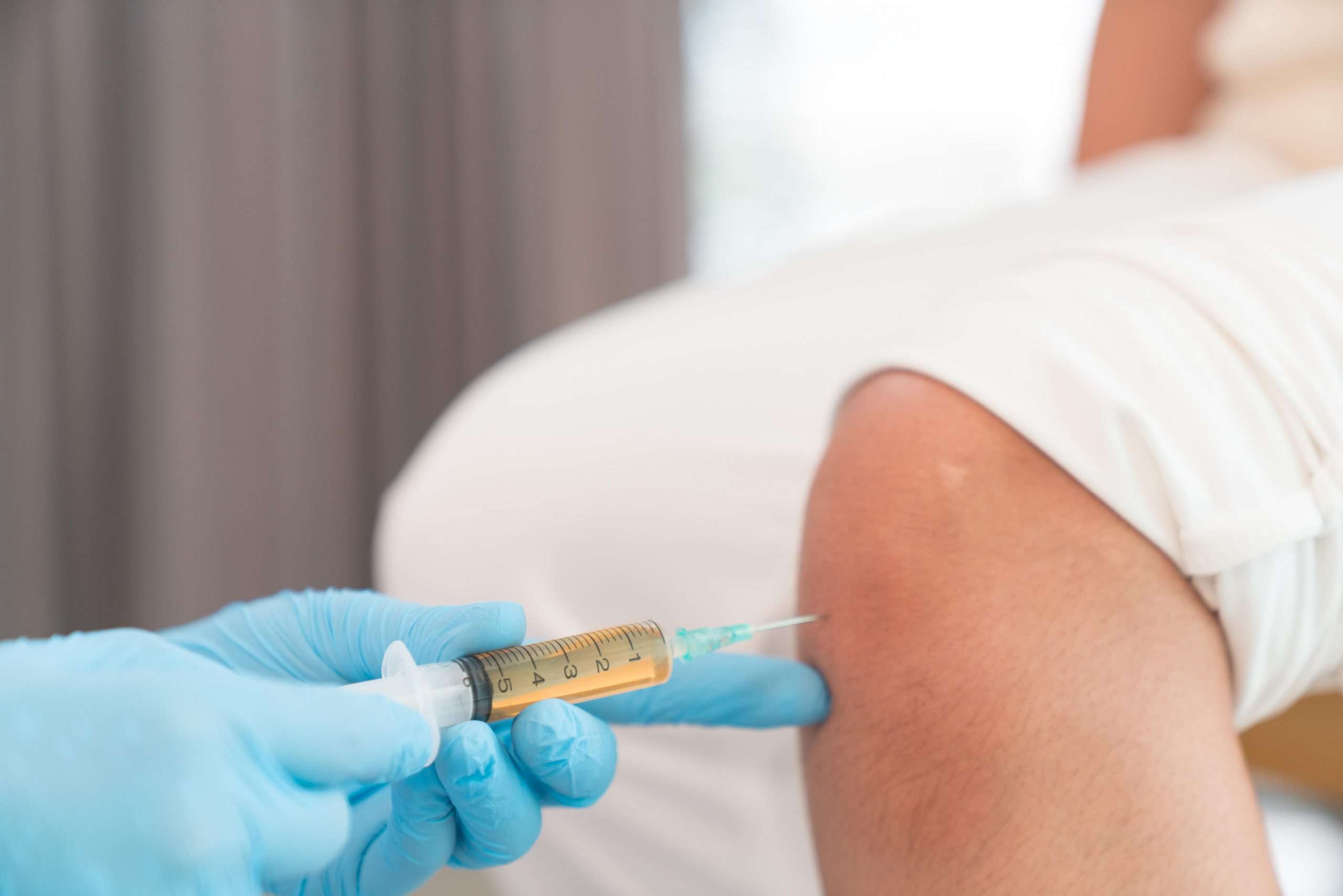
Cell Regenerative Treatments
Stem cell treatments and platelet-enriched plasma can be great treatment choices for a patient who has a degenerative meniscus tear. The treatments will revitalize the cells in the meniscus. There have been several patients that have reported full recoveries after receiving a stem cell injection.
A multitude of studies have been conducted and are currently underway to verify that this is a valid treatment option. The early consensus is that as long as the methods that the stem cell treatment facility is using are proven, there is a real chance that surgery can be avoided. The meniscus is always trying to heal itself and a stem cell injection could give your meniscus the needed boost so that it can heal itself completely.
The recovery time with a stem cell injection is much less than both physical therapy and surgery. Both treatment options take a multitude of weeks to recover from. A stem cell injection, combined with physical therapy or surgery, gives you the best of both worlds.
You might be interested: Athletes with sports injuries don’t have to settle for slow recovery times
You need to see a professional in order to receive a full evaluation of your knee. Talk about your potential options and be open to any and all treatments. Depending on your case, surgery may not even need to be on your radar.
